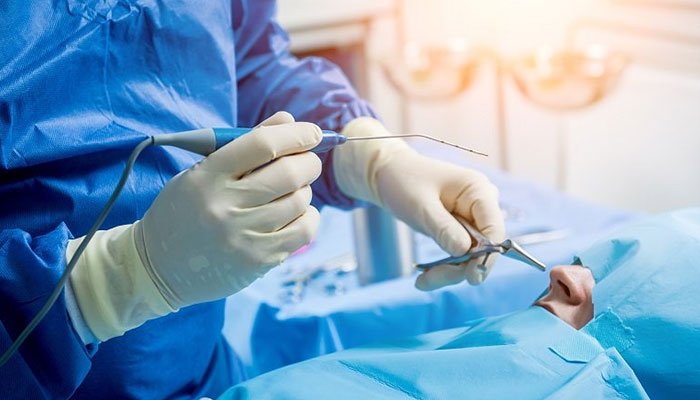Diagnostic Nasal Endoscopy
Diagnostic Nasal Endoscopy is a medical procedure used to examine the nasal and sinus passages. This minimally invasive procedure is often performed by otolaryngologists (ENT specialists) to diagnose conditions affecting the nasal cavity and sinuses.

The procedure involves the use of a thin, flexible tube called an endoscope, which is equipped with a light and a camera at its tip. Here is a step-by-step outline of the process:
Preparation:
- The patient is usually seated in an upright position.
- A local anesthetic, often in the form of a spray, is applied to the nasal passages to minimize discomfort.
- Sometimes, a decongestant may also be used to reduce swelling and improve visibility.
Insertion of the Endoscope:
- The endoscope is gently inserted into one of the nostrils.
- The doctor carefully advances the endoscope through the nasal passageways, inspecting the nasal cavity, septum, turbinates, and sinuses.
- The camera transmits real-time images to a monitor, allowing the physician to visualize the internal structures in detail.
Examination:
- The doctor looks for abnormalities such as inflammation, polyps, tumors, structural defects, and signs of infection.
- Samples (biopsies) may be taken from suspicious areas for further laboratory analysis.
- The physician may also assess the function of the cilia (tiny hair-like structures) and the presence of any mucus or pus.
